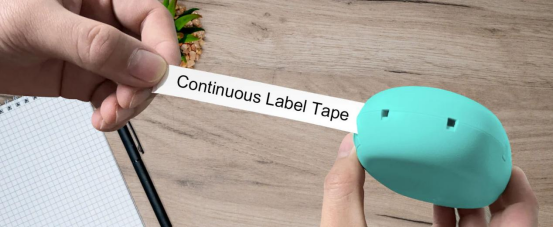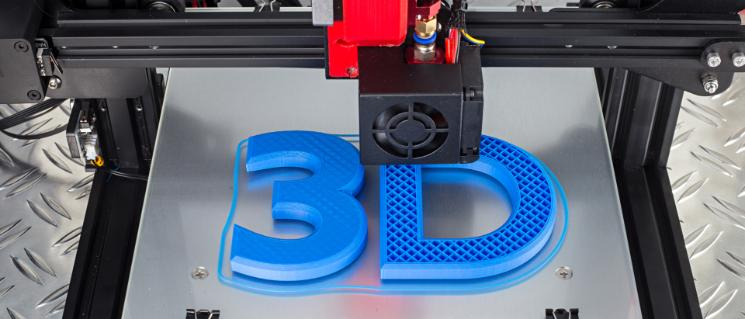What Formulation Types Improve Preclinical PD Outcomes?
Preclinical pharmacodynamics (PD) studies are critical for understanding drug efficacy and safety profiles before human trials. Formulation strategies can significantly impact these outcomes. Different formulation types, such as clear solutions, suspensions, solid forms, and nanosystems, can enhance drug exposure and efficacy in model organisms. By optimizing these formulations, researchers can improve the reliability and relevance of their preclinical studies. Effective formulation not only improves drug solubility and stability but also tailors drug release profiles to meet specific experimental objectives. This blog explores various formulation strategies that bolster preclinical pharmacodynamics outcomes.

Core Preclinical Formulation Types
Clear-Solution Formulations for High Exposure
Clear-solution formulations are a cornerstone for achieving high drug exposure in preclinical studies. These formulations dissolve the drug completely, facilitating rapid absorption in the gastrointestinal tract. By ensuring the entire dose is available in solution, clear-solution formulations maximize bioavailability. This approach is particularly beneficial for poorly soluble compounds. Surfactants, co-solvents, and other solubilizing agents often enhance the solubility of these drugs. Optimal formulation not only increases exposure but also reduces variability in clinical outcomes, thereby generating more consistent data. For researchers, understanding the physicochemical properties of the drug aids in selecting the right solubilization approach, ultimately improving preclinical outcomes.
Suspensions and Particle-Size Reduction Techniques
Suspension formulations are vital for drugs with low solubility. By reducing particle size, suspensions enhance dissolution rates and bioavailability. Mechanical methods like milling and homogenization create finer particles. These processes increase the surface area, leading to faster dissolution. In formulations, stabilizers prevent re-agglomeration, maintaining efficacy throughout the study duration. For researchers, choosing appropriate techniques ensures that the active pharmaceutical ingredient remains stable and effective within the suspension. This approach not only enhances drug exposure but also allows flexibility to tailor pharmacokinetic profiles according to specific PD study needs.
Solid Dosage Forms and Solid Dispersions
Solid dosage formulations, including tablets and capsules, are widely used in preclinical studies due to their stability and convenience. Solid dispersions enhance these formulations by dispersing active drugs in a carrier matrix, improving solubility and dissolution rates. Methods for creating solid dispersions include hot melt extrusion and solvent evaporation. These processes enable the drug to be molecularly dispersed, which increases its release rate and absorption. The selection of appropriate polymers or matrices is crucial for achieving desired release profiles. Solid dosage forms provide a practical approach to modulating drug exposure in preclinical settings.
Nanosuspensions and Novel Delivery Vehicles
Nanosuspensions present an advanced solution for enhancing drug exposure and efficacy. By reducing drug particles to the nanometer scale, these formulations improve surface area-to-volume ratios, thereby enhancing solubility and bioavailability. Techniques such as high-pressure homogenization or nanoprecipitation create nanosized particles. Novel delivery vehicles like liposomes and polymeric micelles further improve therapeutic outcomes by protecting drugs from degradation and targeting specific tissues. For preclinical studies, these approaches offer means to deliver challenging drugs more effectively, optimizing pharmacokinetic and pharmacodynamic profiles in the tested models.

Tailoring Formulation Type to PD Objectives
Choosing Based on Target Exposure and Variability Needs
Selecting the appropriate formulation type is crucial for meeting specific preclinical PD objectives. Researchers determine target exposure levels and acceptable variability based on study goals. High exposure and minimal variability often prioritize clear solutions and nanosuspensions, while controlled release might use solid formulations. Compatibility with the drug’s physicochemical properties also determines choice. Researchers must weigh options, considering factors like solubility, permeability, and stability. Creative formulation choices tailor drug delivery to the intended pharmacokinetic and pharmacodynamic profile, enabling researchers to achieve desired outcomes effectively.
Considering Dosage Form Feasibility and Toxicology Preparation
Feasibility and preparation for toxicological evaluation guide dosage form selection. Solid forms offer ease of administration and storage, ideal for chronic studies. Suspensions allow dose flexibility, crucial at early stages with uncharacterized toxicity. Researchers ensure chosen formulations can be scaled and meet regulatory standards for toxicity studies. Additionally, interactions with excipients and potential impacts on drug release and absorption are assessed. Understanding these dynamics is essential for minimizing adverse effects and optimizing safety profiles during preclinical investigations.
Practical Formulation Screening Strategies
In Vitro Solubility and Dilution Precipitation Assays
In vitro assays provide preliminary insights into formulation performance. Solubility screening evaluates how effectively a formulation dissolves in physiological conditions. Dilution precipitation assays mimic dilution in the gastrointestinal tract, identifying precipitation risks. Researchers use these assays to eliminate unsuitable formulation candidates early. Analyzing dissolution profiles, they tailor excipient choices and concentrations to improve solubility and stability, maximizing bioavailability. These initial screenings are critical steps in optimizing formulations for later preclinical evaluations, ensuring better experimental accuracy and drug performance.
Rapid Screening Using Vehicle Libraries and Micronization
Vehicle libraries and micronization offer fast screening methods for Formulation Development. Libraries provide a range of vehicles tested for compatibility with various drug chemistries, facilitating quick solvent selection. Micronization reduces particle size, enhancing solubility and dissolution rates. Researchers utilize these methods to speed up the selection process, minimizing time spent on formulation hurdles. By integrating these techniques, they streamline the formulation development pathway, ensuring more efficient transitions from in vitro models to in vivo preclinical evaluations.
Conclusion
Preclinical PD outcomes benefit significantly from carefully chosen formulation strategies. By understanding and applying core formulation types, researchers can maximize drug exposure and efficacy in early studies. Tools such as in vitro assays and rapid screening techniques facilitate the identification of optimal formulations, ensuring better experimental consistency and reliability. These strategies not only improve data quality but also support the successful advancement of compounds through the development pipeline. Emphasizing formulation optimization is crucial for enhancing the success rate of promising new therapeutics on their journey to clinical application.
Copyright © 2023 guideforests.com. All rights reserved.







